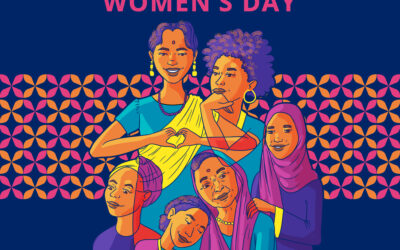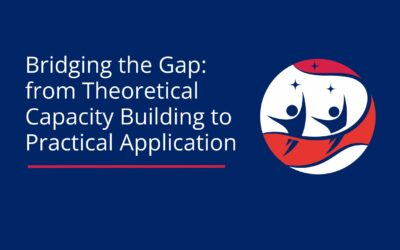Human-centered Design (HCD) is a methodology for developing solutions by placing the needs, preferences and perspectives of the end user or beneficiary at the core of development. HCD can and has been used to develop products and interventions in different sectors.
While HCD is credited with developing sustainable and desirable solutions for end users, it is not without its limitations. HCD-driven solutions must be contextualized from the perspective of the unique characteristics of the end users. For example, in the context of adolescent sexual and reproductive health (ASRH), one solution cannot serve populations of adolescents from different regions and localities. Diversities and variations exist in micro cultural, social, economic and political contexts within societies.
Let’s take an example from my country Kenya. There are 47 counties with 42 official tribes, implying at least 42 different and diverse cultures. Assuming we are developing a solution to end teenage pregnancies, the circumstances under which adolescents may get pregnant will vary from one context to the next. For instance, there are communities in Kenya who practice Female Genital Mutilation (FGM), following which teenagers are married off. In some circumstances FGM intersects with issues such as poverty, drought, famine, and challenges of pastoralism. In other communities, issues such as inadequate access to information, coupled with myths and misconceptions associated with sexual activity among adolescents contribute to the context within which teenage pregnancies are prevalent. Thus, when developing a solution using HCD, one must try to investigate and get to the root causes behind a specific problem . More often than not, there will be more than one root cause, which will require a multifaceted solution. A solution might be considered human-centered but yet still ignore contextual diversity, and this limits scalability and replication of the solution. Thus, HCD is not a one-size-fits all solution.
I once participated in a design sprint for a program intended to be implemented in Kenya. Phase one of the program had already been implemented in other countries and in phase two, Kenya was tasked with drawing learnings from the implementation in other countries to develop a local intervention. Prior to the beginning of the design process, we sat down and analyzed the other countries’ interventions and developed preliminary concepts that we would pitch to the end users alongside the process of insight gathering. To our surprise, more that two thirds of the concepts did not resonate with the end users, and for those that users deemed appealing, they required lots of iterations. Therefore, we proceeded to conduct a full HCD process for Kenya while only borrowing a few of the learnings from the other countries’ interventions. Despite other countries having used HCD to develop their interventions, we could not replicate them fully in Kenya without making iterations based on the local context. HCD goes beyond impact and results but also to the appeal of an intervention or a product for the target audience. HCD values the connections between the end-product and the user, thus contextualization is important.
More importantly the work does not end with having the end-product and intervention. HCD should continue throughout the implementation process. HCD relies on developing a connection between the end-user, product and the intervention. This connection may be affected by evolving conditions, needs and situations of the end user and their societies. Therefore, for the intervention to continue producing similar results overtime, it must adapt to the evolving conditions around the end-user by deliberately employing adaptive implementation.
This thought-piece has been written by Feddy Collins Ongola, a Youth Leadership Hub Associate at HCDExchange




